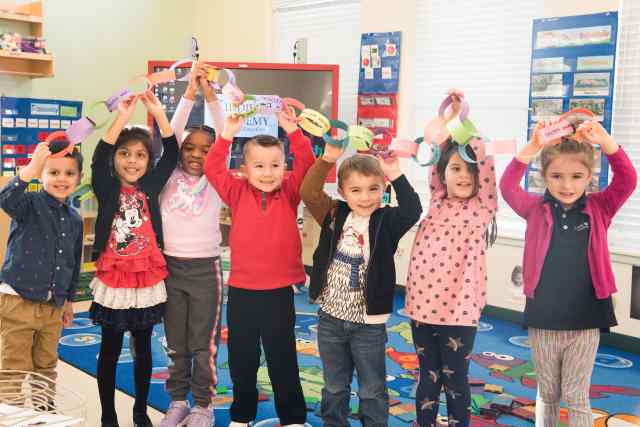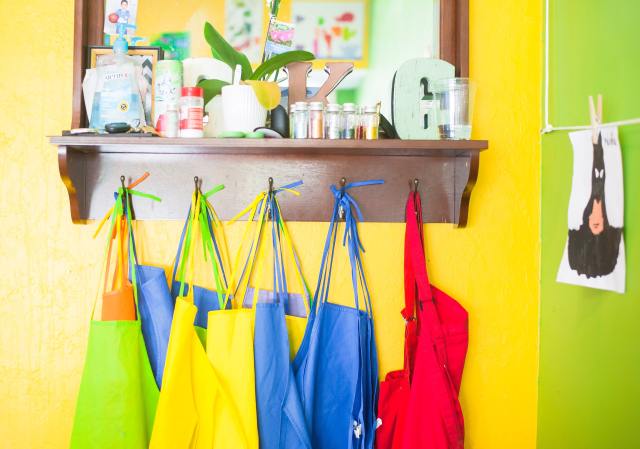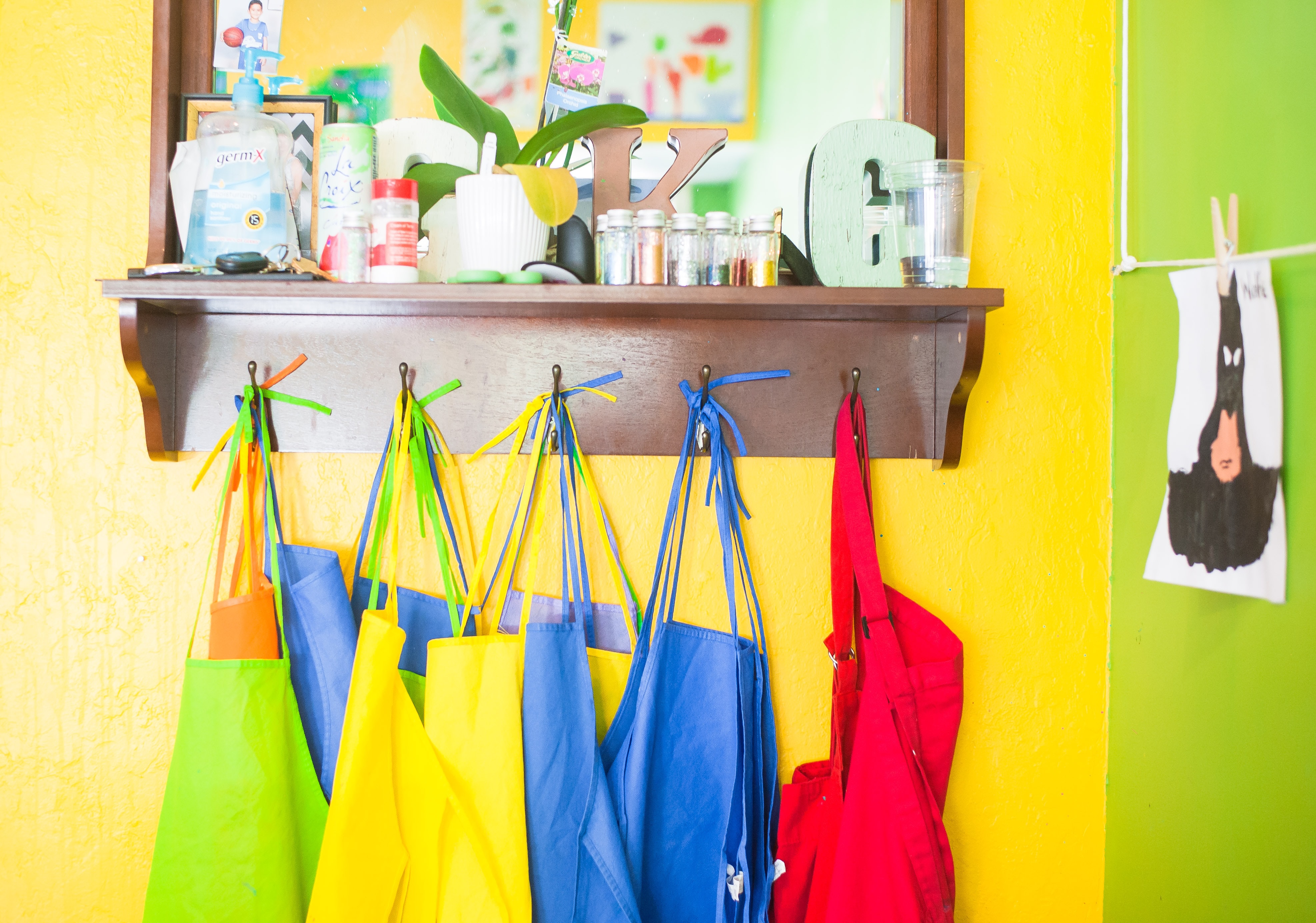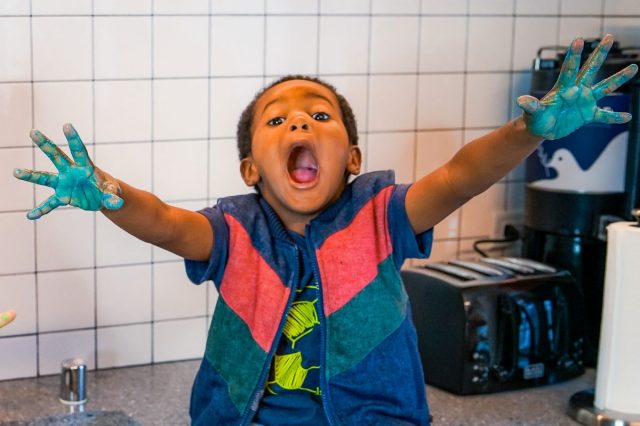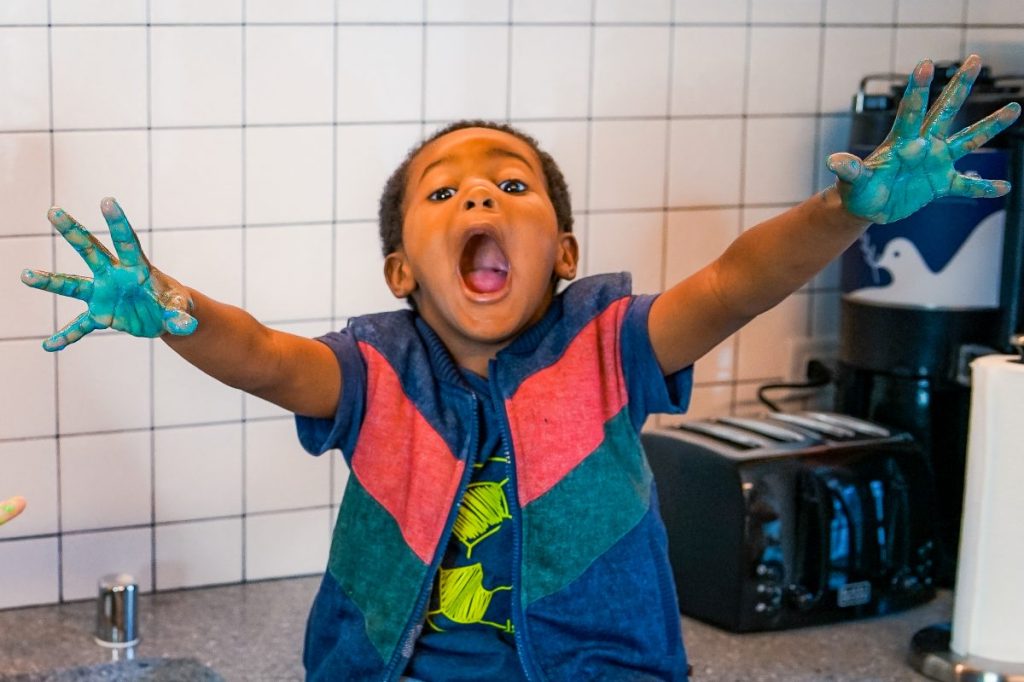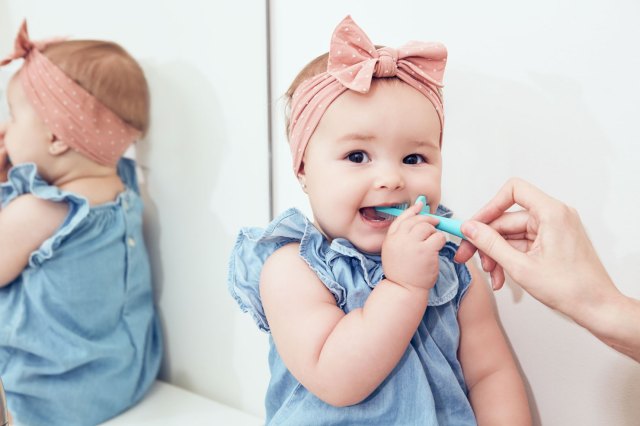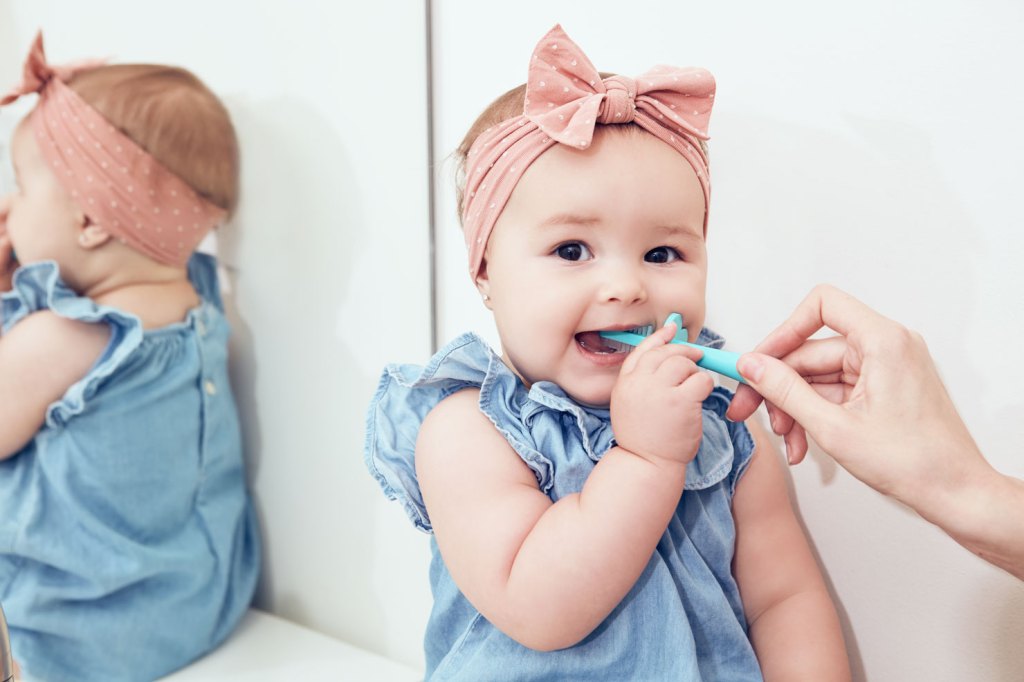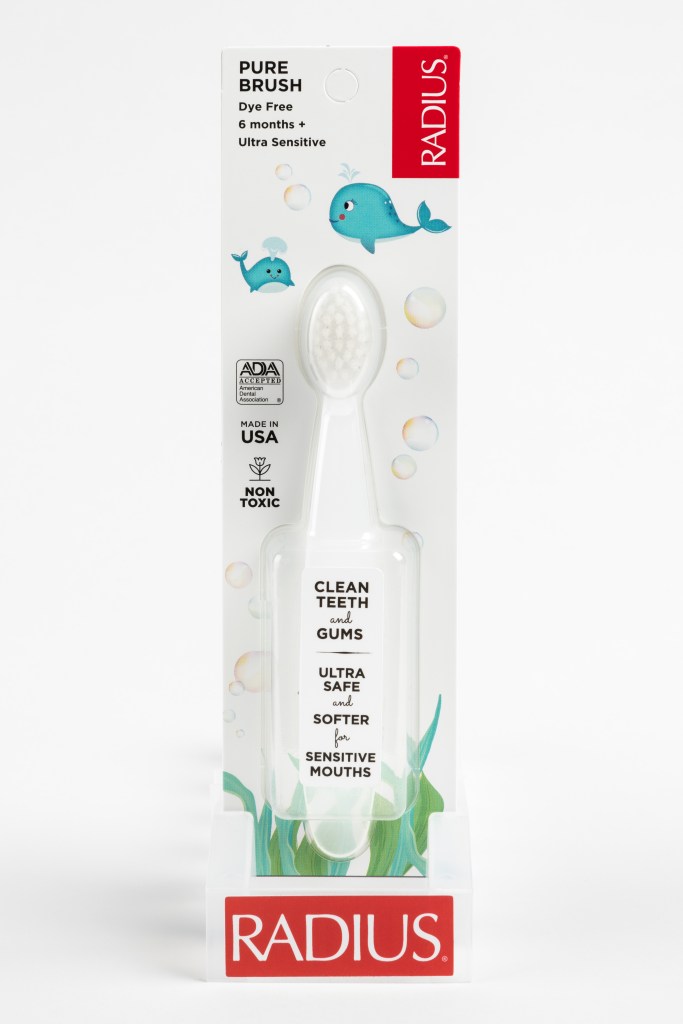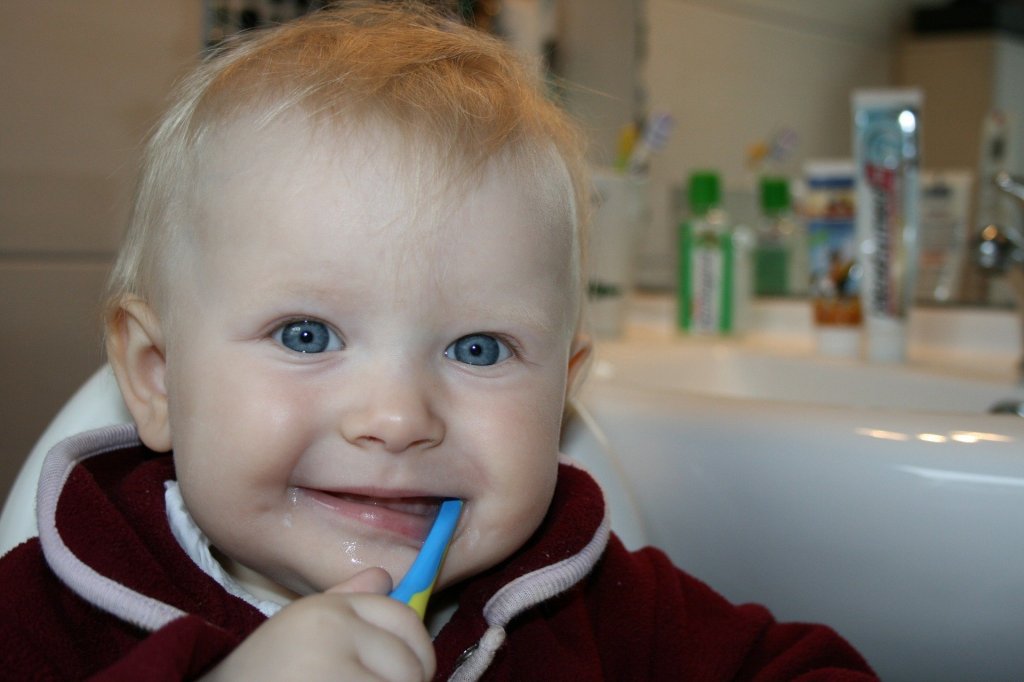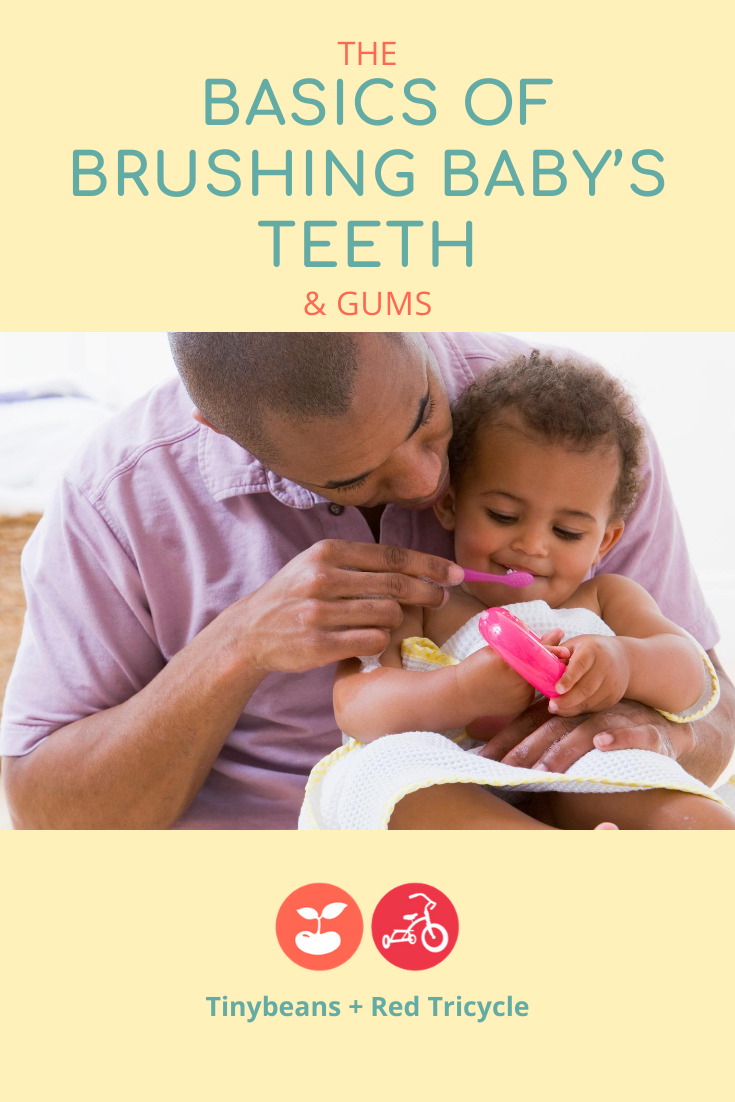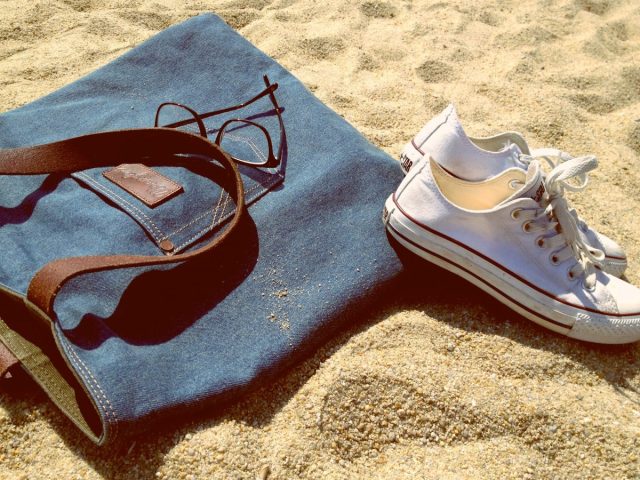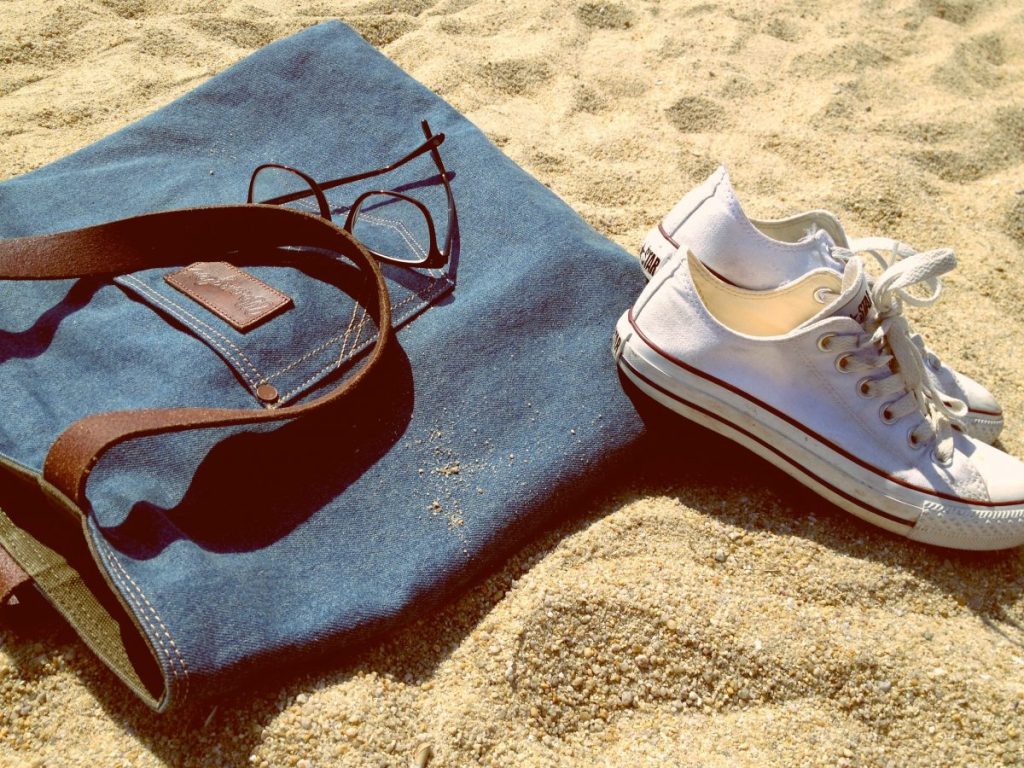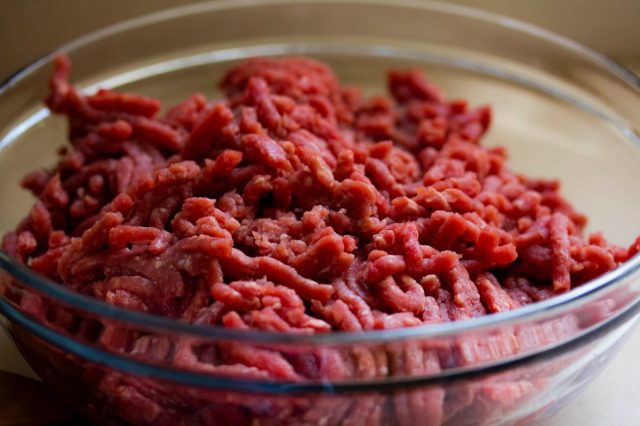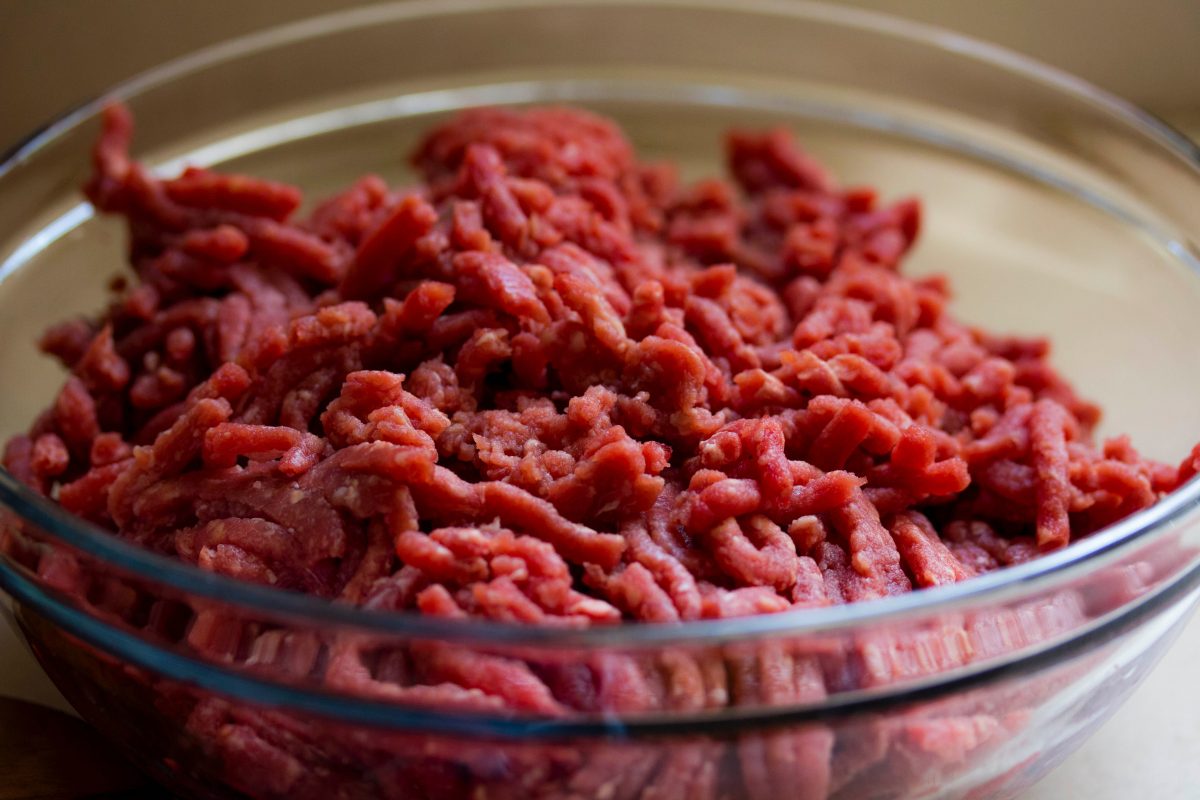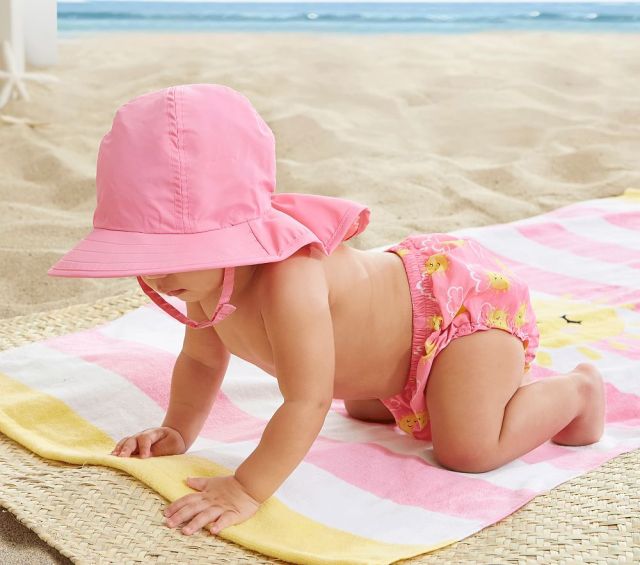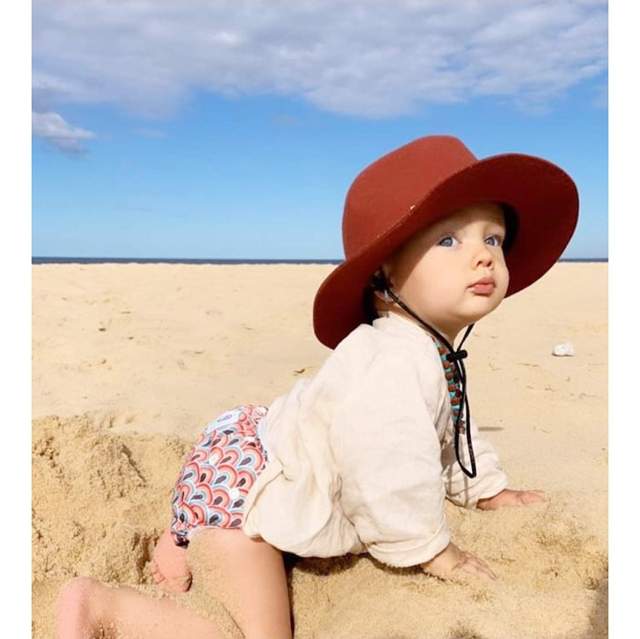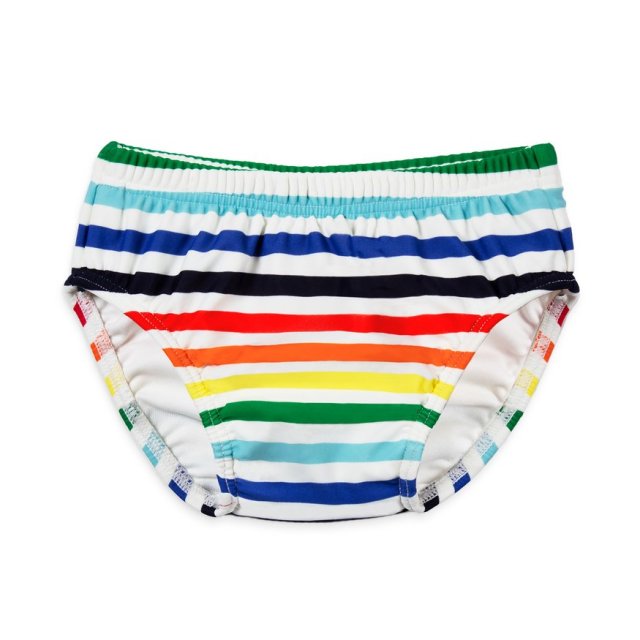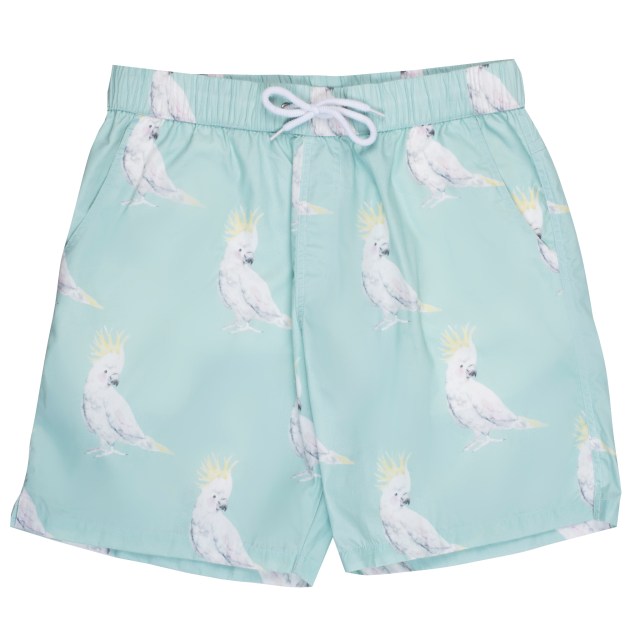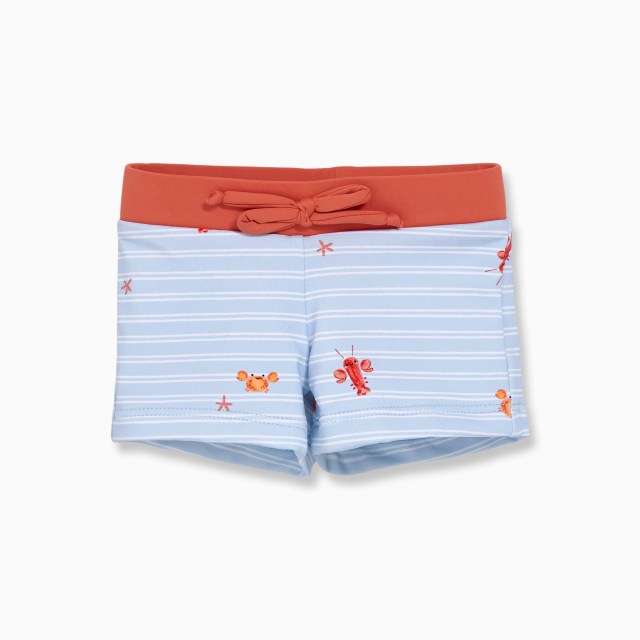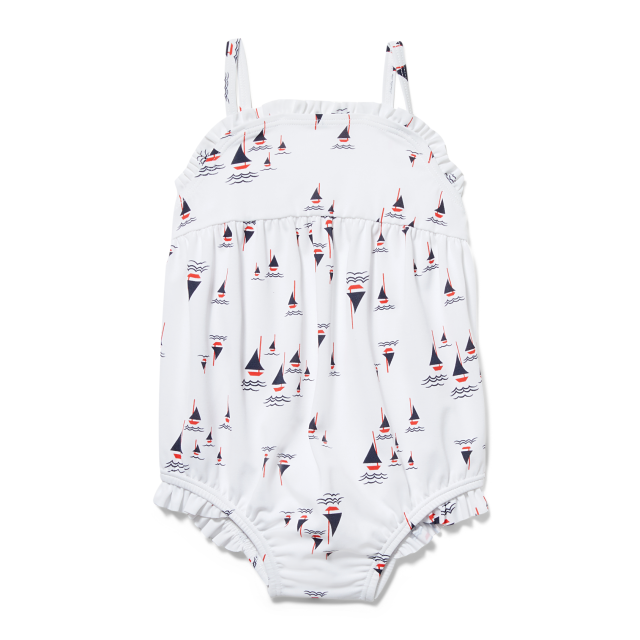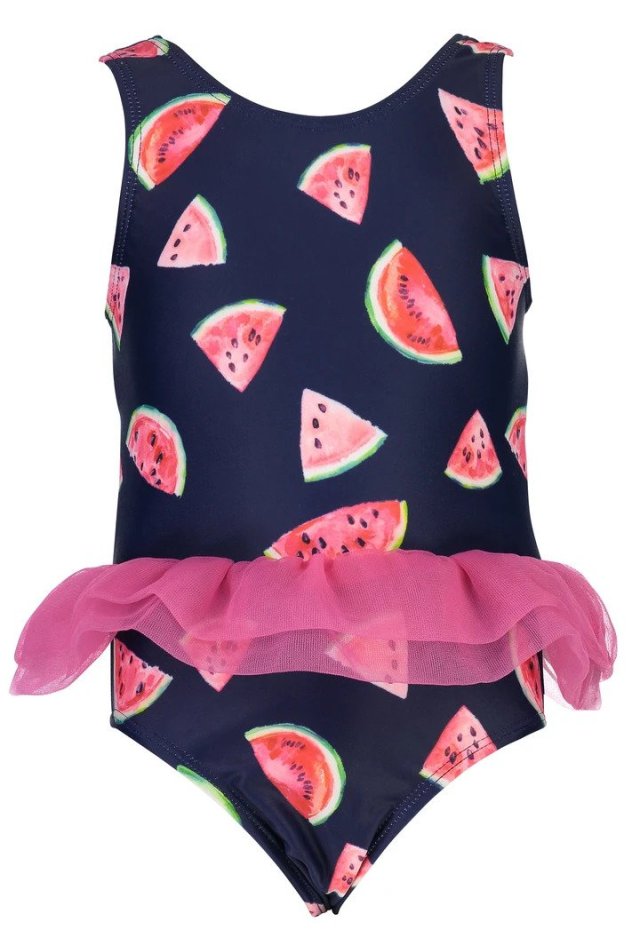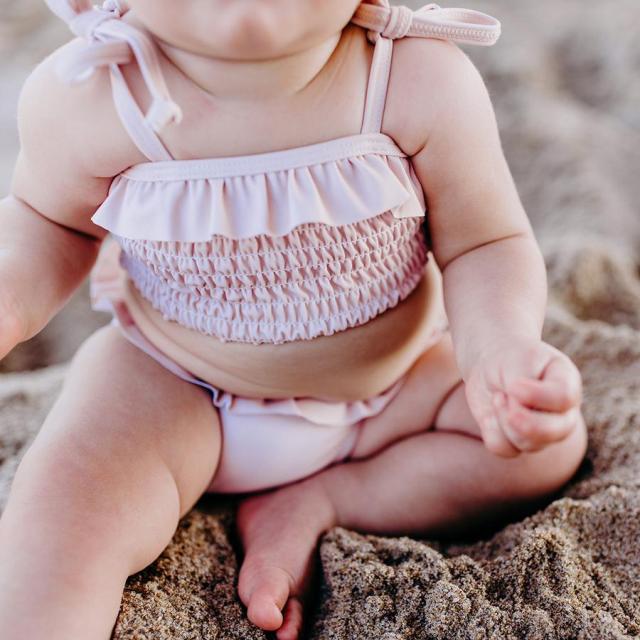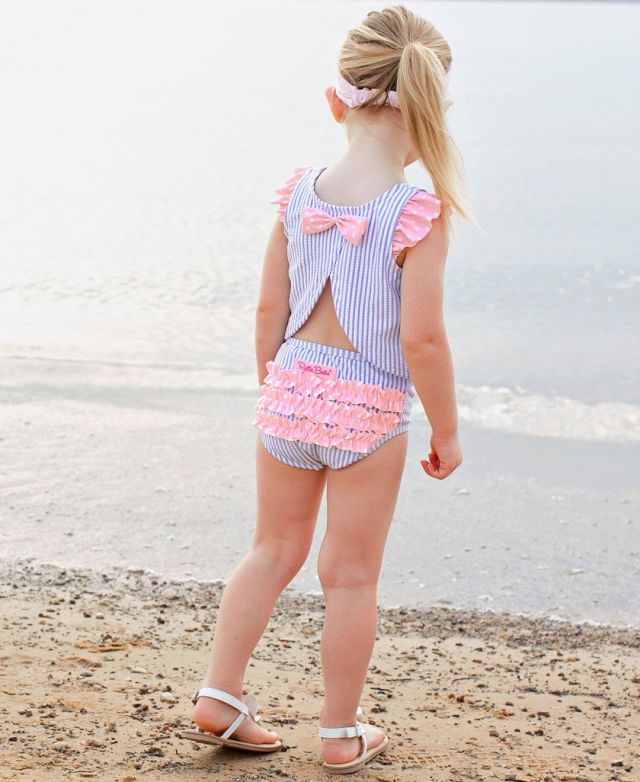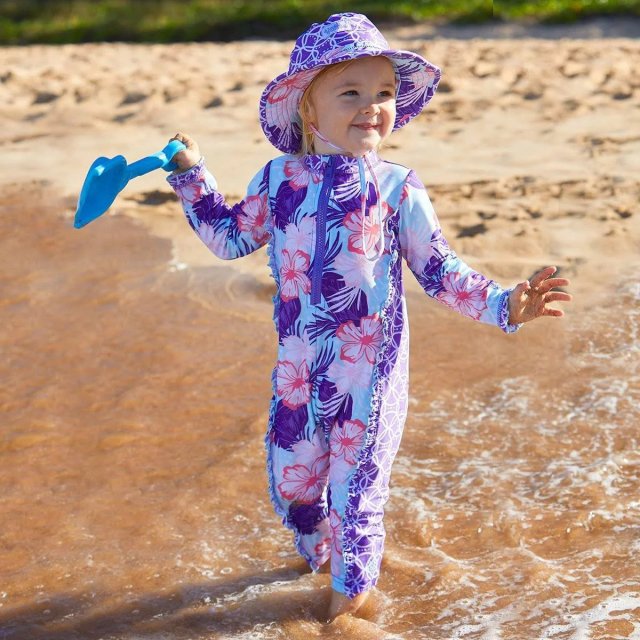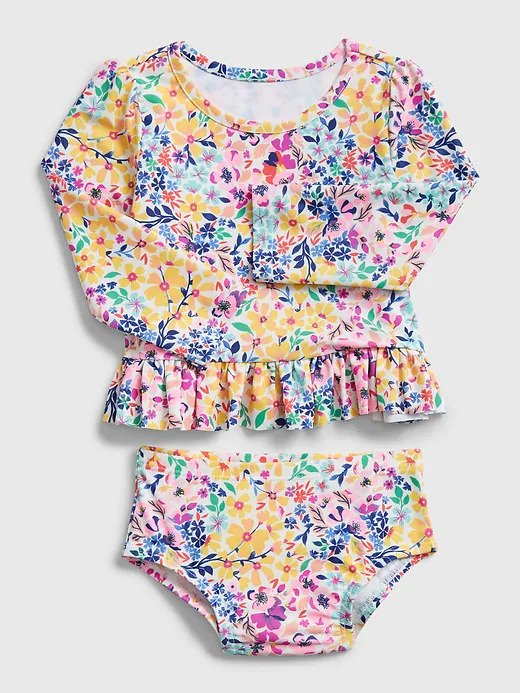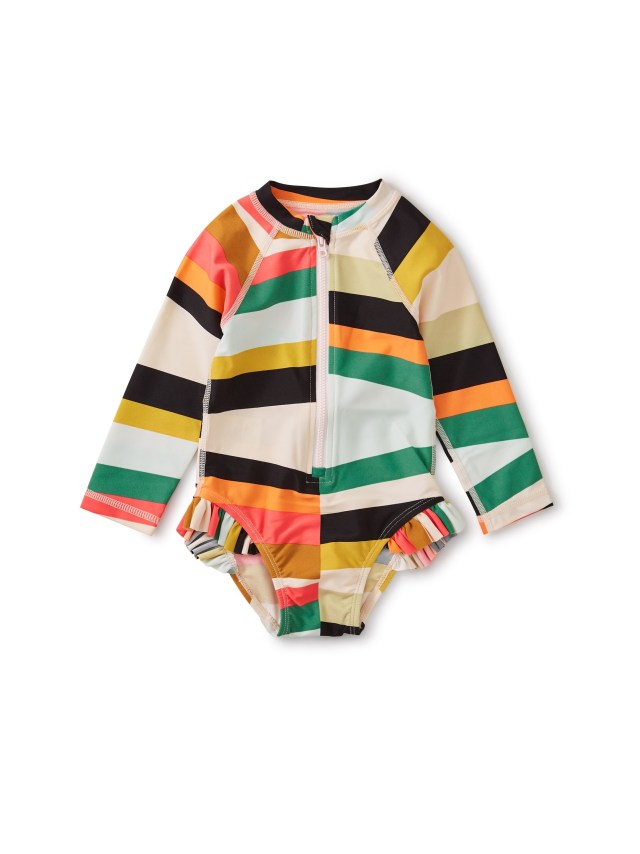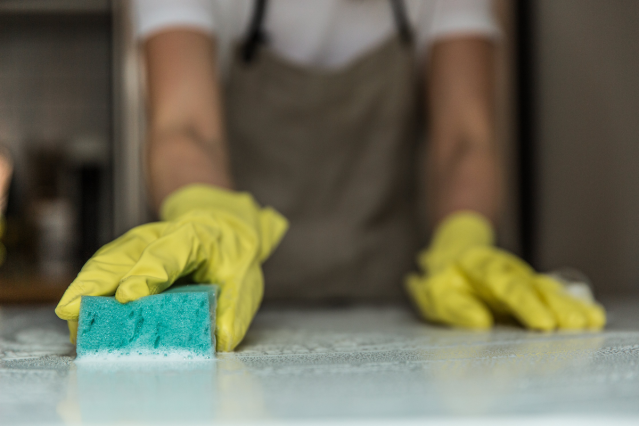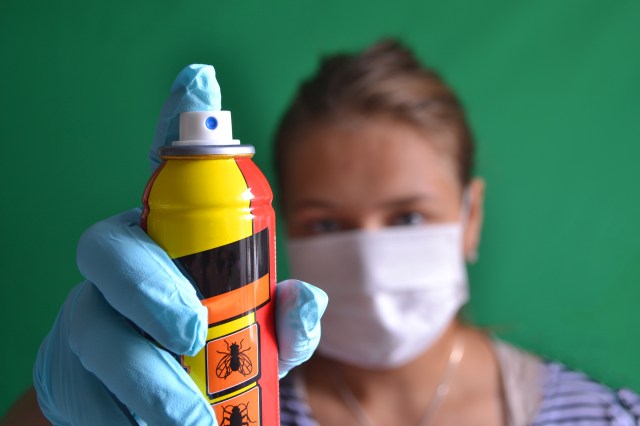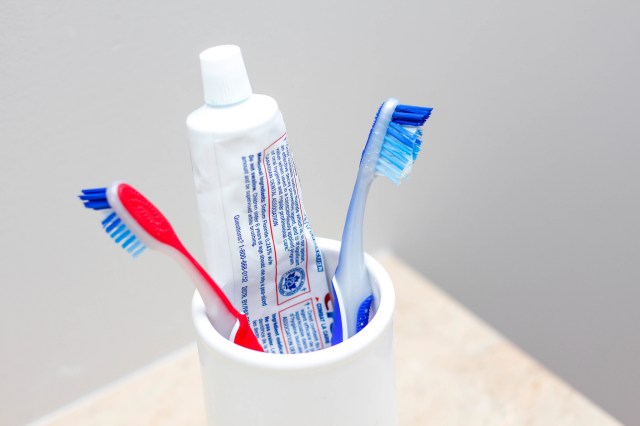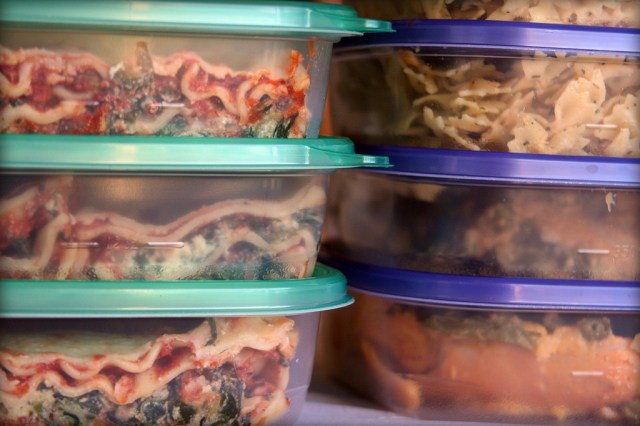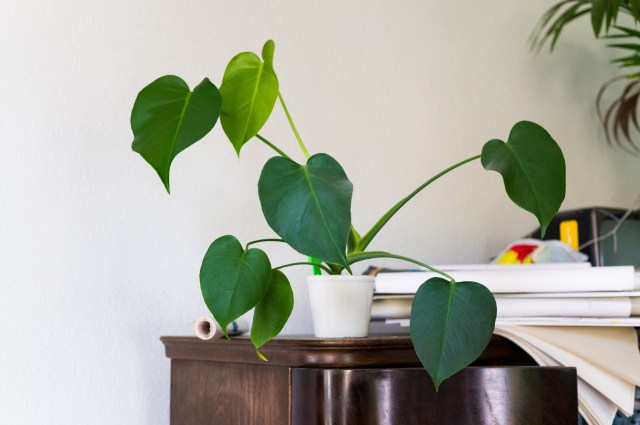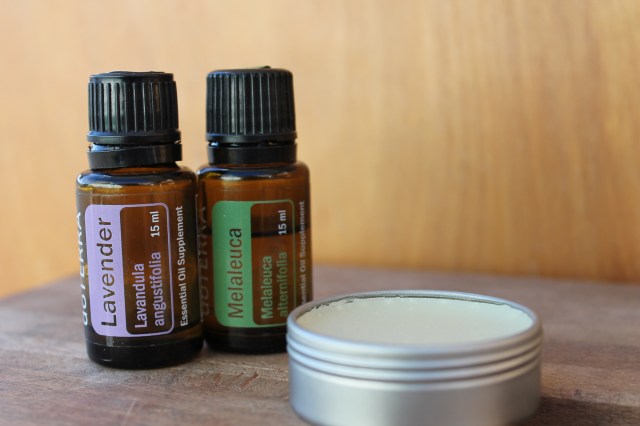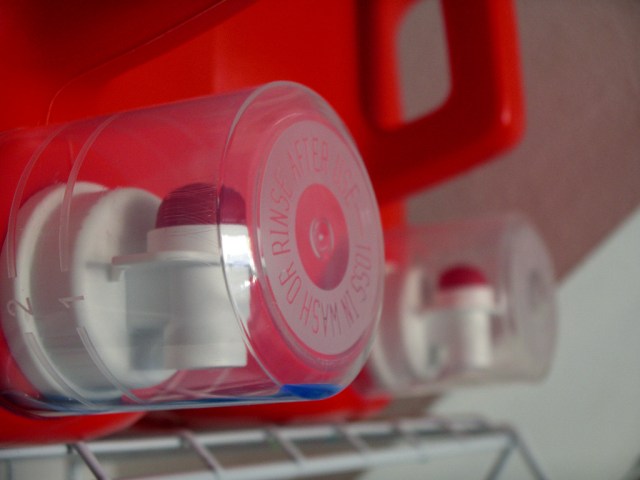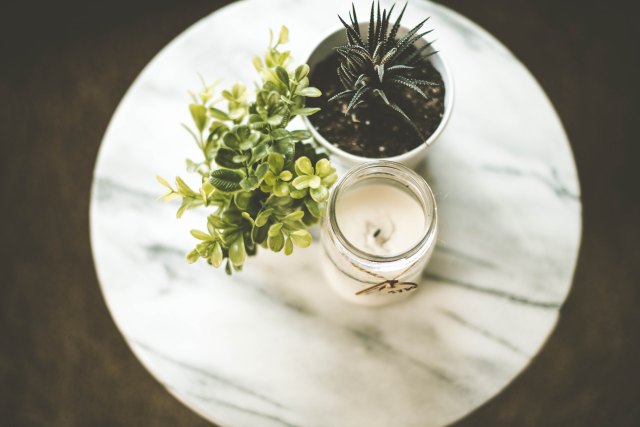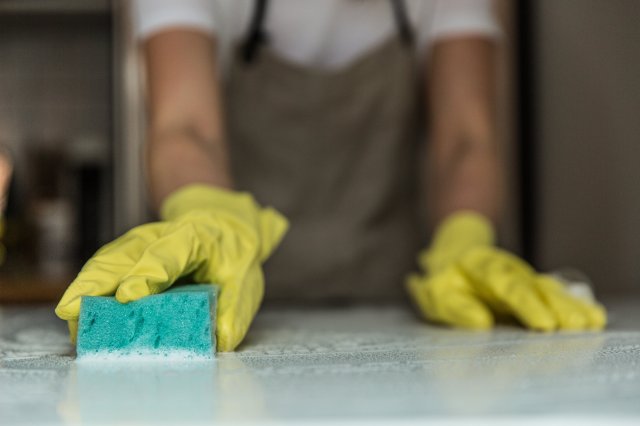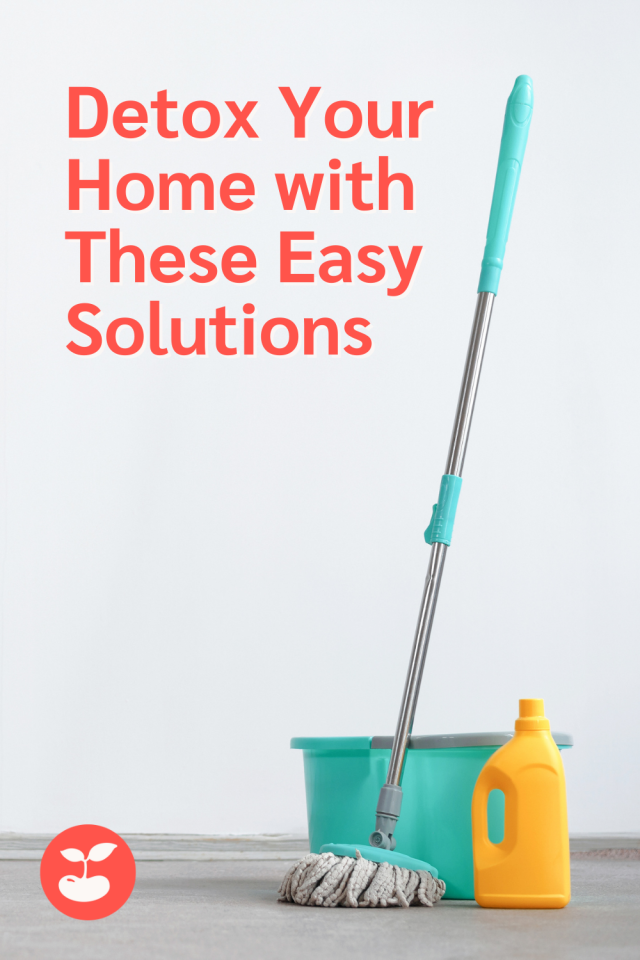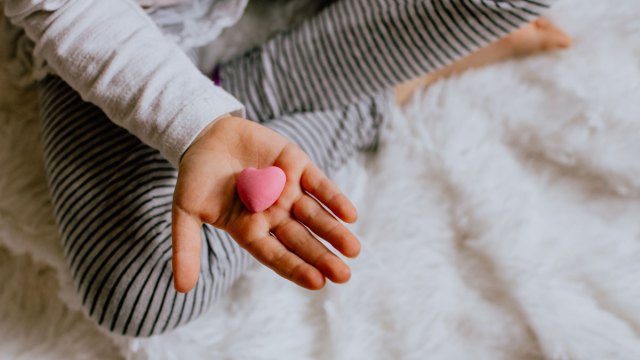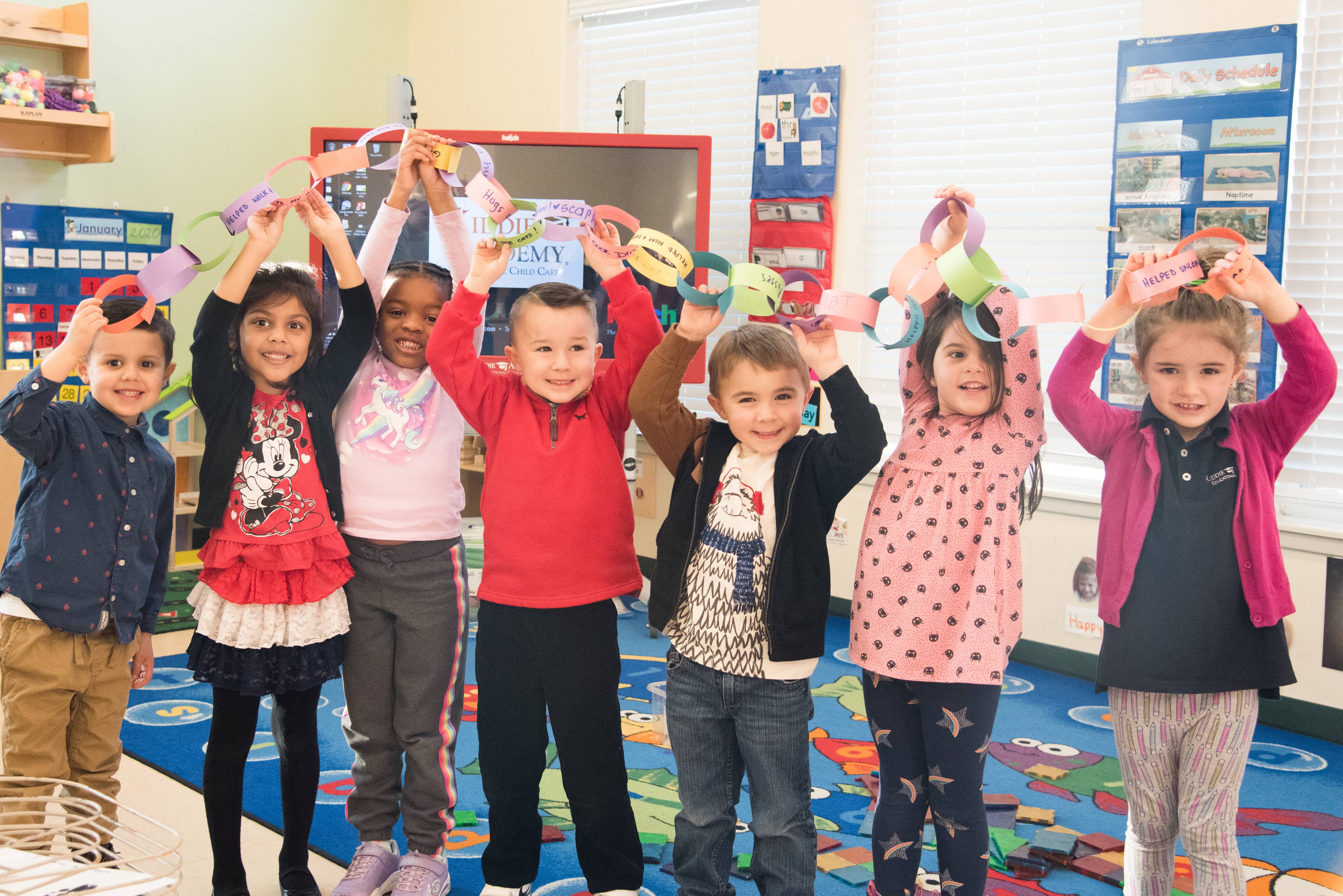
We all want our children to grow up to be good people. We all want them to be proud and strong. We want them to be good citizens. And, we want them to be kind. National Random Acts of Kindness Day, which is held annually on February 17, is all about doing good for others, but it also sparks an opportunity to celebrate and practice kindness with children all year round.
Scientific evidence supports that doing kind acts for others is good for us and helps decrease feelings of anxiety, stress, and depression. Engaging children in performing kind acts build up their ability to show compassion for others and helps create healthy, supportive communities where they can live and grow.
My fellow education experts teamed up with Kiddie Academy’s corporate social responsibility team to craft a list of activities your child can do to spread kindness and brighten someone’s day.
1. Pick up litter in your neighborhood. Teach your kids to be kind to the Earth and give love to the environment by picking up trash, such as plastic or paper that may be harmful to animals and plants.
2. Write a friend a thoughtful note. Have your child hand write a note to their best buddy describing what they like about them. It’s sure to put a smile on their face.
3. Hold the door open for someone. This little act of kindness goes a long way. Instruct your kids to hold the door for the person behind them, smile, and say hello. It may just make their day.
4. Draw a picture for a relative or a friend. Art is a great way to get the creative juices flowing while also spreading kindness. Have your kids draw photos for friends or relatives.
5. Read a book with a sibling. If you have multiple children, encourage them to spend quality time together by reading a bedtime story. It will remind them both that they have a built-in friend no matter what.
6. Help clean up after a meal. The cook of the family will appreciate it if you teach your kids to bring the finished plates to the sink. It’s also a great way to get kids involved in mealtime.
7. Clean up your playroom. Encourage kids to take some off of mom and dad’s plate by spending a few minutes putting toys and books away.
8. Leave a box of chalk at the playground or write a kind chalk message on the neighborhood sidewalk. Spread kindness within your community in a socially distant way by having your kids write positive memos such as, “Be yourself and have a great day!” for the neighborhood to see and enjoy.
9. Write a “thank-you” note to local essential workers, like first responders and health care workers. Give back kindness to the people who help keep us safe everyday by encouraging your kids to tell essential workers how much they appreciate everything they do.
10. Make a friendship bracelet for a friend. Teach your child to use yarn and beads to create a fun and vibrant bracelet for a friend. It’s a fun way to show appreciation for one another.
A child is never too young to adopt the fundamentals of good character. These acts of kindness, among many others, teach a child that they can change the course of someone’s day and make an impact. You never know where kindness will take you!
